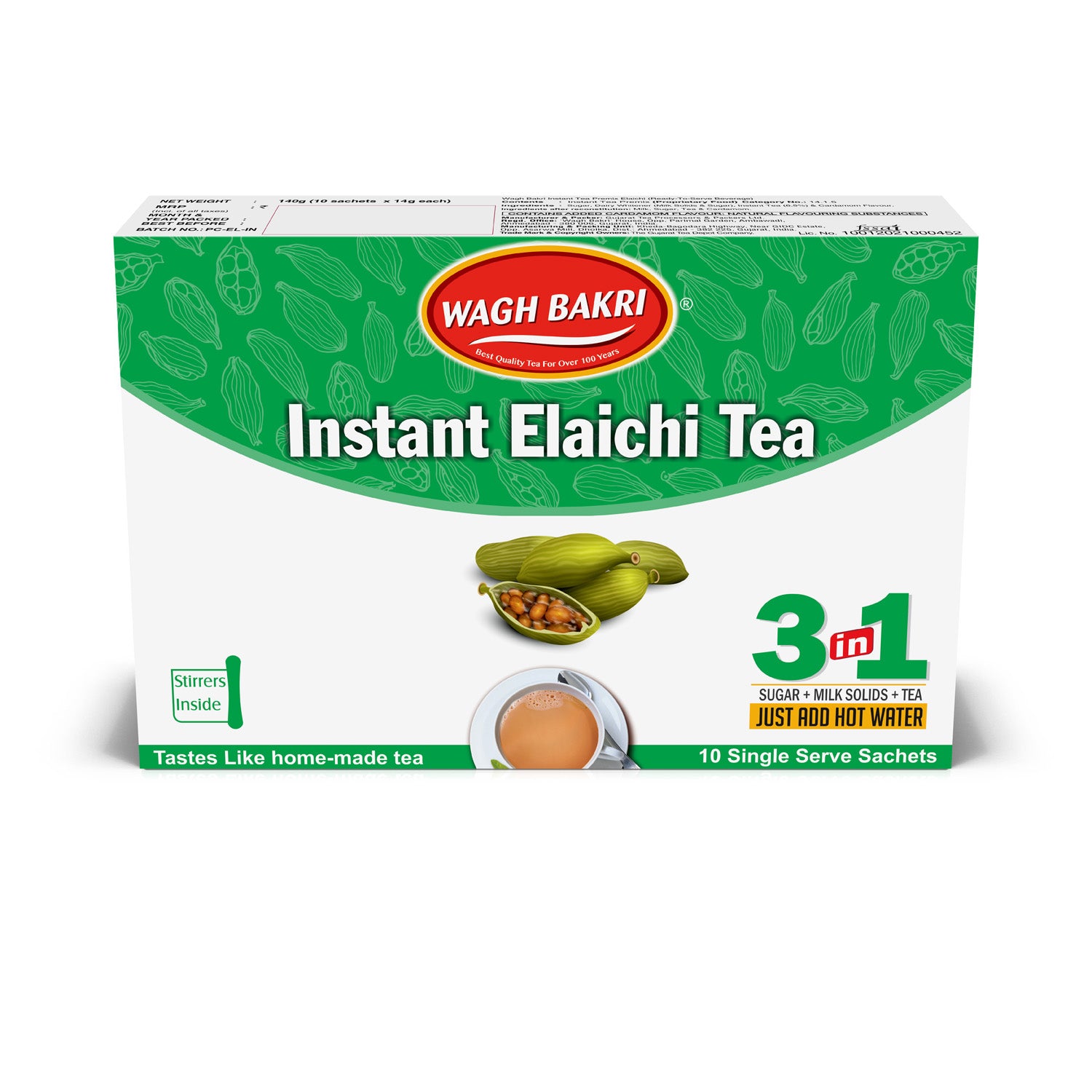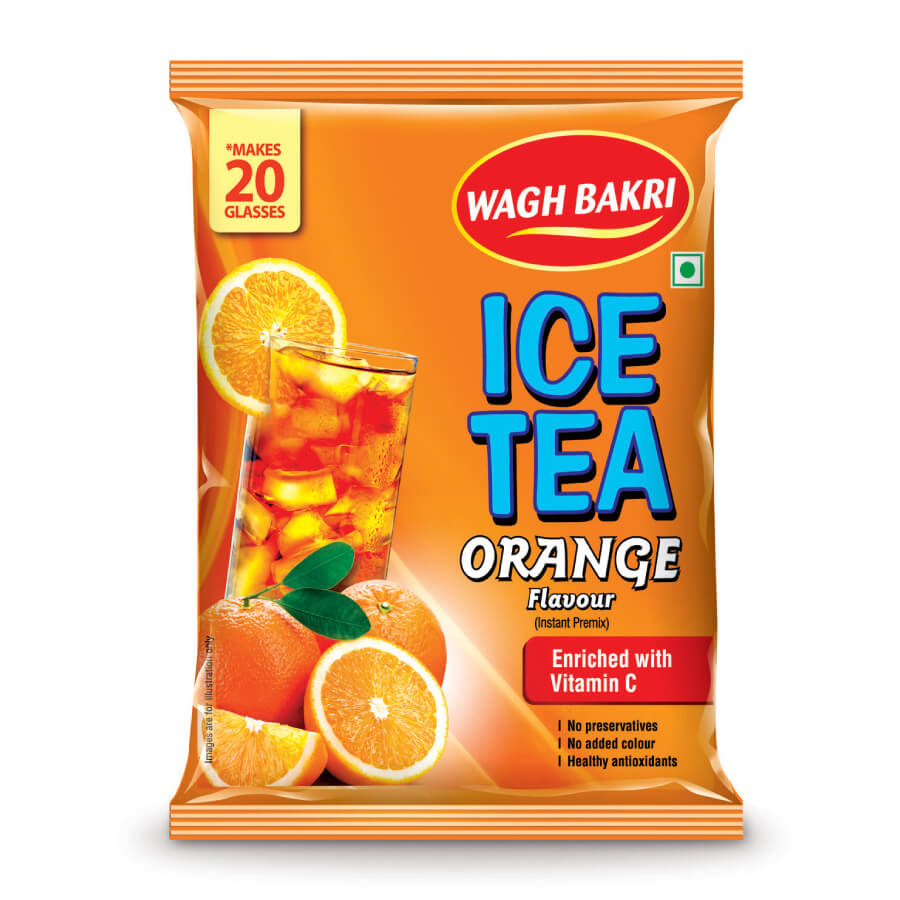
The word 'chai' holds a special place in every Indian's heart. But did you know that the story of chai didn’t actually start in India? There is a very interesting story behind the discovery of tea! You’ll soon discover it. And also about how it became so popular. From the soothing aroma to the comforting warmth, tea has become an integral part of daily life for Indians. The actual journey of tea started in a different country altogether and it travelled to a few countries before finally making it to India. Fun fact, British had a major role to play in it. Curious and warmed up enough? Read on to find out more.
Table of contents:
- Origin of Tea
- How tea came to India
- Tea in India today
- Growth of Tea: Tapris to Lounges
- In Conclusion
- Frequently Asked Questions
Origin of Tea
When you think about tea production, the imagery of tea gardens in Darjeeling might come to your mind. However, tea was not originally discovered in India. The origin of tea goes back to ancient China, more than 5,000 years ago.

The story begins with a Chinese Emperor named Shen Nung, who was known for his expertise in herbs. One day, when his servant was preparing a herbal infusion, leaves from a wild tree above fell into boiling water and resulted into black tea. The delightful aroma intrigued the king, leading him to tasting the brew. The tree was a Camellia sinensis hence the brew is now known as tea. This coincidence marked the discovery of tea.
For centuries in China, tea has been cherished as a delightful beverage and a soothing herbal tonic. Its popularity gradually spread to other parts of the world as well, captivating people with its unique flavour.
From China, Japanese Buddhist scholars brought tea seeds to Japan. The Japanese loved tea which led to the creation of their renowned tea ceremonies. Interestingly, the British, known for their tea culture, didn't initially take to the drink. It was only after Charles II married the tea-loving Portuguese princess Catherine of Braganza that tea became popular in Britain and the British developed a lasting fondness for it.
How Tea Came to India
One thing India can thank the British people for is, for introducing us to tea. The British cultivated tea in India and consumed it in large quantities between the early 1800s and India’s independence from Great Britain in 1947.
It all started in 1776 when Sir Joseph Banks, a famous English botanist, recommended that tea cultivation be undertaken in India. After that in 1780, Colonel Robert Kyd, botanist, tried to grow tea in India using seeds that had arrived from China. In 1823, Scottish explorer Robert Bruce visited Rangpur, Assam and discovered an unknown specimen of leaves that were similar to Camellia sinensis var assamica. Unfortunately after making this revolutionary discovery, he died in 1824.
Robert's younger brother, Charles Bruce, continued the effort by founding a nursery at Sadiya with local tea bushes. After extensive experimentation, Charles successfully sent a sample of Assam Tea to the newly established Tea Committee. The sample was praised for its exceptional quality, leading to an order for an additional 46 chests of Assamese tea leaves. In May 1838, the first Indian tea from Assam was sent to England for public sale.
Interestingly, the native Indian tea plants thrived, while the Chinese seedlings struggled to survive in the intense Assam heat. Eventually, it was decided to use leaves from the native tea bush for further plantings. This led to the formation of the 'Bengal Tea Association' in Calcutta and the first joint stock Tea Company, the 'Assam Company' in 1839 in London. Seeing its success, other companies were formed to take up the cultivation of tea.
Having established a successful tea industry in Assam’s Brahmaputra Valley, the British explored growing tea in the foothills of the Himalayas and other parts of India. By 1863, 78 plantations were set up in Kumaon, Dehradun, Garhwal, Kangra Valley and Kulu. After the East India Company acquired Darjeeling in 1835 and conducted trials in the 1840s, commercial plantations began in the 1850s. By 1874, there were 113 gardens in Darjeeling, covering 18,888 acres and producing 3.9 million pounds of tea.
Tea in India today
Currently, India is the world's 2nd largest producer of tea, with 13,000 gardens and a workforce of more than 2 million people involved in its production. At Wagh Bakri tea, we are proud to be part of this rich history, bringing you the finest range of teas that India has to offer.
India’s culture is quite diverse. Some regions love the Masala tea with spices and milk while some prefer the fragrant Darjeeling tea, there are several other ways Indians love their tea. Some like green tea and some ice tea. Though one thing is common, it’s that you’re enjoying a tradition that has been cherished for thousands of years. And each cup of Wagh Bakri tea is full of history in every sip!
Though the British brought tea to India for their business gains, India has by now turned it into an emotion. Indian Assam tea and Darjeeling tea are now celebrated worldwide for their distinctive qualities. Assam tea, from the lush valleys of Assam, is known for its bold, malty flavour and bright colour, perfect for a strong brew. Darjeeling tea, the “Champagne of Teas,” offers a delicate, floral aroma and light taste, ideal for those who enjoy subtle flavours. At Wagh Bakri, we proudly bring these exceptional teas to your cup, showcasing India’s rich tea heritage.
Growth of Tea: Tapris to lounges
Once upon a time, enjoying tea meant standing at a small roadside tapri (tea stall), having a hot cup of chai served in a humble clay cup. It was simple, it was charming and it was the heartbeat of local life. But oh, how times have changed! Nowadays, you can find tea lounges that are fancier than your living room. These lounges offer a wide variety of teas served in fancy cups, with comfy chairs and soothing music. It’s like tea has gone from a cosy chat with friends at a tapri to a posh outing in a lounge.

This change shows just how much the tea industry has evolved. People still love their chai, but now they have so many more ways to enjoy it. For example Iced tea has become a popular choice for a refreshing twist and instant tea offers convenience for those on the go.
In Conclusion
Tea has truly journeyed a long way from ancient China to becoming a cherished part of daily life in India. From its accidental discovery to the thriving tea gardens of Assam and Darjeeling. Tea has found its way into not just our cups but our hearts and homes as well. And Wagh Bakri has played a major role over 100+ years in carrying forwards and spreading the legacy of chai across India.
From learning so much about tea you might be craving a hot cup by now. Don’t worry, we’ve got you covered. You can now buy tea online easily, your favourite Wagh Bakri chai is just a click away!
Frequently Asked Questions
1. Who invented tea first?
According to various sources, tea was first discovered by the Chinese emperor Shen Nung. He liked to drink boiled water. One day, a leaf from a wild tea bush fell into the boiling water by mistake. And tea was discovered, just like that!
2. Is tea of Indian origin?
India is famous for its love for tea. But, surprisingly tea was first discovered in China around 5,000 years ago.
3. Who introduced tea to India?
The British began cultivating tea in India and consumed it in large quantities from the early 1800s until India's independence from Great Britain in 1947.














